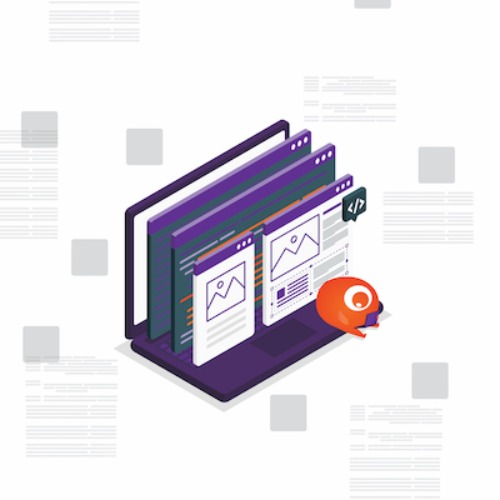
4 WAYS TO PROTECT YOUR SEO WHEN MIGRATING YOUR SITE
February 14, 2013 by Paul Byrne
UPDATE
As you may know Magento Go was sunset in 2015. If you are looking for a great SaaS platform, we recommend BigCommerce. Ask us about it! – Updated on 9/29/2020
Original Article
Most of us work hard to ensure our sites have quality SEO. We spend a ridiculous amount of time trying to tweak keywords, track PPC, engage in social media, and all the while trying to manage a business. Not easy! The thought of migrating your growing e-commerce store to a better platform makes for sleepless nights and endless worrying about losing all those long hours of work to improve your Google rank. Fear not, merchants! There are several ways that you can minimize a slow down in traffic due to a migration. Keep these key best practices in mind, and you’ll see that migrating will not lose your fruitful efforts.
1. Set Up 301’s (Redirects)
What are 301 redirects? Read Google’s 301 redirect explanation. Basically, a 301 redirect is telling Google, “Hey Google, my site used to be at this address, but now, it is at this address.”
Magento Community has an easy way to set this redirects up. Magento GO, while the capacity is there, is a manual process of setting up the 301.
Do you need to set up 301’s for every single page on your website? If you are receiving heavy traffic to every page, yes! What Razoyo has found in our migration efforts is that 80% of your traffic comes from less than 20% of your pages.
If you have pages that receive very low or no traffic at all, do you need to redirect those? That’s for the merchant to decide. You always want to redirect your higher traffic pages, and at the very least, your home page, content pages, and high volume product pages.
Razoyo offers 301 redirect services for all its migration packages. If you are migrating from Magento Community to Magento GO and not changing your category structure, the URL paths will remain the same and 301 redirects are not necessary.
2. Submit a Google Sitemap
Make sure you tell Google that you are moving! Submitting a new sitemap to Google will tell the crawler that your site needs to be crawled again. Don’t wait for Google to index your new site whenever it feels like it. Invite the crawler to visit your site so that it knows you moved your site. Google has great instructions on how to do this. You also need to notify Google through your Webmaster Tools that your site has moved. Google provides excellent instructions about how to do this in this.
3. Tell Your Customers You Moved
This is a great way to market your new site. Notify your existing customers that you have a new site. When you migrate, your customers account passwords will not move. This is a fantastic opportunity to get in front of your customers, let them know that you’ve moved your store, and invite them to check it out and set up a new password for their account.
4. Make Sure Your Site is Google Friendly
You spend countless hours (or money) on a design for your new store. Make sure the developer/designer you are working with uses the proper coding methods to make your site as “crawler friendly” as possible. Avoid using large images and heavy video on your home page. Site speed and load times are crucial in conversion of sales. If you are using Magento Community, make sure your server specs meet the needs of your traffic. Magento GO’s hosting platform uses RackSpace servers, one of the industry’s most recognized hosting companies.
In Closing
Migrating your existing site can be an overwhelming task to many merchants. Make sure you partner with a company that knows what they are doing. Don’t trust your migration to a service that just reformats your data and plugs it into a new platform. Razoyo has migrated close to 100 web stores from various platforms, and has learned the most efficient and safest ways to handle the move. The staff at Razoyo are merchants themselves, and understand the importance of keeping your business flowing before, during, and after your migration.
Explore with AI:
These links open AI platforms with pre-written prompts about this page.




